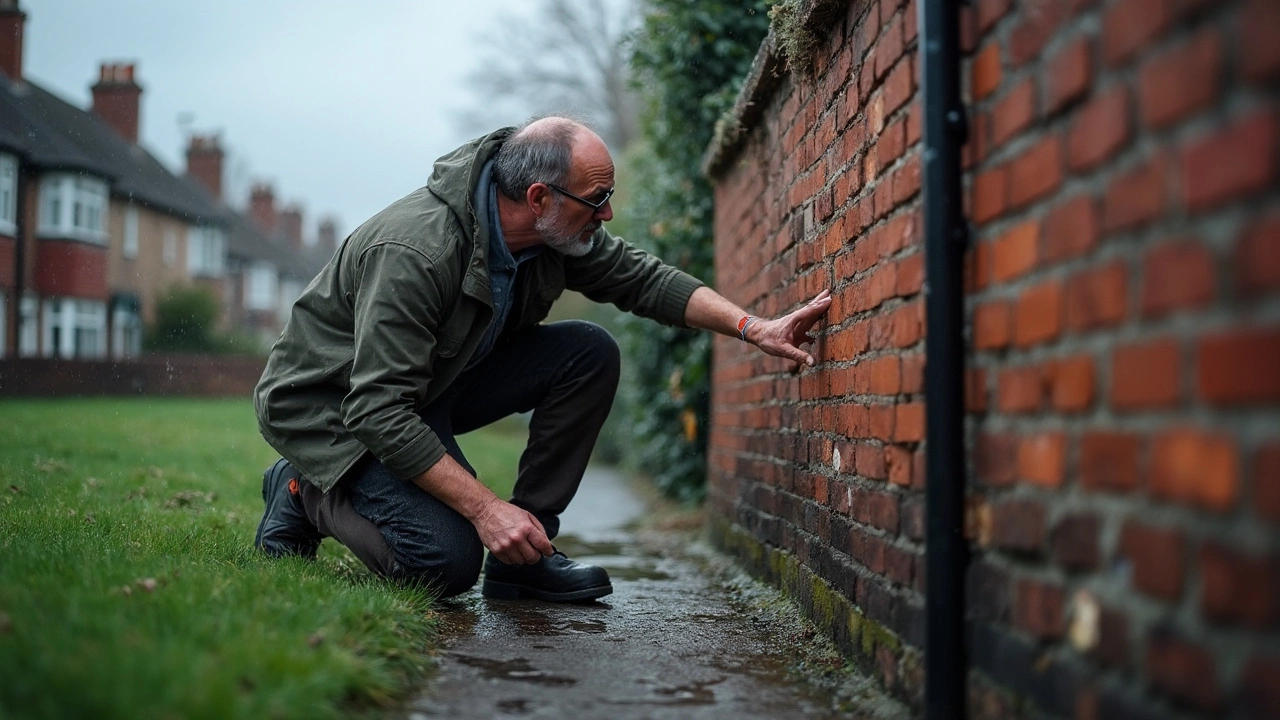Basement Leaks: What Causes Them and How to Stop Them
If you’ve ever stepped into a wet basement, you know how stressful it can be. Water finds a way in, stains walls, and can even damage your foundation. The good news is that most leaks have clear reasons and easy fixes. Below we’ll break down the most common sources of water, show you how to spot problems early, and give you practical steps to dry out your space for good.
Common Reasons Your Basement Gets Wet
One of the biggest culprits is poor drainage around the house. When the soil near your foundation stays soggy, water pushes against walls and seeps through cracks. Simple things like clogged gutters, downspouts that dump water too close to the house, or a sloping yard that directs runoff toward the foundation can create a perfect storm.
Cracks in the concrete or block walls are another frequent cause. Even tiny hairline cracks let moisture travel in, especially after heavy rain. Over time, these cracks can widen, allowing more water and even soil to push against the structure.
Hydrostatic pressure is a bit of a technical term but it’s basically the force water exerts when the ground is saturated. If your basement doesn’t have a working sump pump or a proper waterproofing membrane, that pressure will force water through any weak spot.
Plumbing leaks are often overlooked because they’re hidden behind walls or under floors. A burst pipe, a leaky faucet, or a faulty sewage line can flood the lower level without you realizing it until the damage is done.
Practical Ways to Fix and Prevent Leaks
Start with the outside. Clean your gutters regularly and make sure downspouts extend at least three feet away from the foundation. If the ground slopes toward your house, add soil to create a gentle 5‑to‑6‑inch drop away from the walls.
Inspect the interior walls for cracks. Small gaps can be sealed with hydraulic cement – a material that expands as it dries, creating a watertight seal. For larger cracks, you may need a professional to install a carbon‑fiber reinforcement or epoxy injection.
Install or service a sump pump. A reliable pump sits in a pit at the lowest point of the basement and kicks on automatically when water rises. Test it regularly by pouring a bucket of water in the pit; the pump should activate and move the water out fast.
Consider interior waterproofing paint or a sealant coating. These products create a barrier on the wall surface and are easy DIY projects. Remember, they work best when the wall is clean, dry, and free of loose material.
If you suspect a hidden pipe is the issue, turn off the main water supply and look for moisture patterns on the floor. A professional plumber can use camera inspections to pinpoint the exact spot and fix it without tearing up large sections of wall.
Finally, keep an eye on humidity. A dehumidifier reduces moisture in the air, preventing condensation on walls and floors. Aim for a relative humidity level between 30‑50 % for optimal comfort and to discourage mold growth.
By tackling drainage, sealing cracks, maintaining your sump pump, and watching indoor humidity, you can dramatically reduce the chances of a leaky basement. Stay proactive, check for early signs after storms, and you’ll keep your lower level dry and safe for years to come.

Water Damage to Foundation: What It Looks Like and How to Spot It
May 29, 2025, Posted by Damon Blackwood
Worried about water messing with your home's foundation? This article breaks down what water damage to a foundation actually looks like. You'll learn about the most obvious signs, the sneaky warning clues, and some useful ways to check things out yourself before calling in the pros. Plus, there are tips on how to prevent problems and what to do if you spot damage. Get the info you need to keep your home's base solid and dry.
MORESEARCH HERE
Categories
TAGS
- foundation repair
- commercial construction
- construction
- new builds
- home improvement
- home renovation
- bathroom renovation
- construction materials
- home foundation
- renovation tips
- residential construction
- building types
- contractor
- foundation cracks
- home construction
- architectural services
- building codes
- construction differences
- home inspection
- kitchen installation